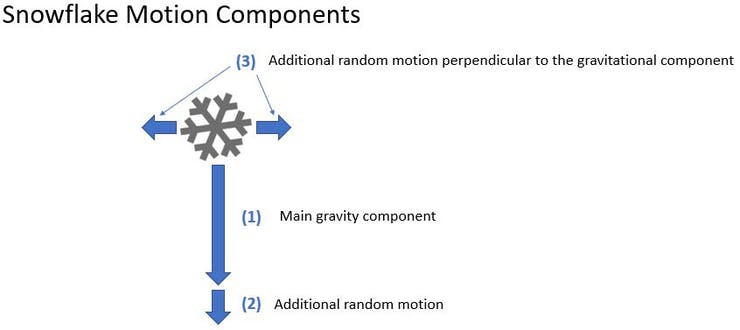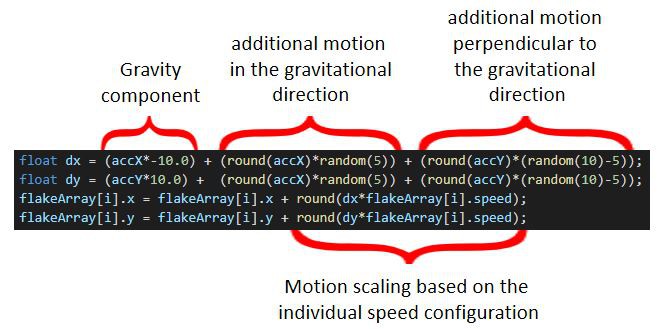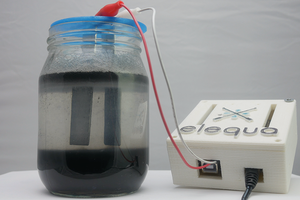Software instead of hardware
Snow globes are just beautiful and they are just as delightfully analog as a lava lamp. Making a snow globe yourself can be tricky, as you need the right liquid and the right flakes. And it must be sealed, otherwise there will be a flood in your living room. And how to make a waterproof scene that will be placed in the sphere? If you don't want to play around with water and glass bowls, then you have to build it digitally.
 Hans-Günther Nusseck
Hans-Günther Nusseck



 Ryan Beltrán
Ryan Beltrán

 saadcaffeine
saadcaffeine
 Jesse Ransom
Jesse Ransom